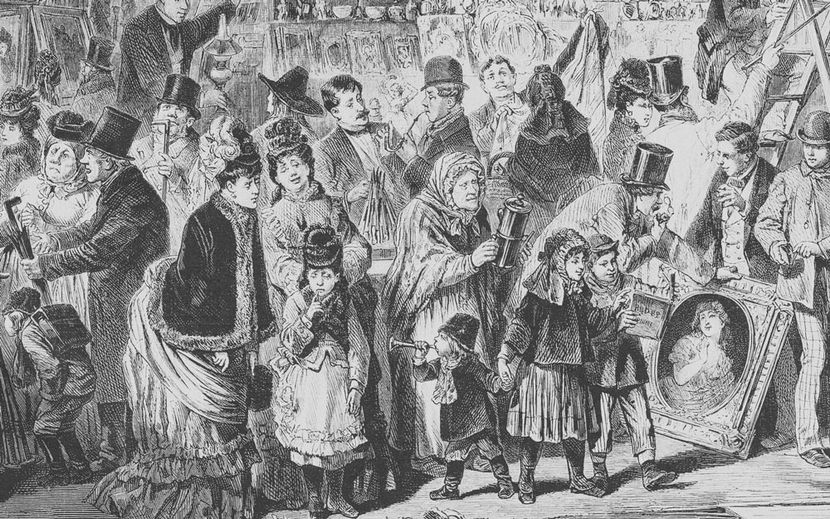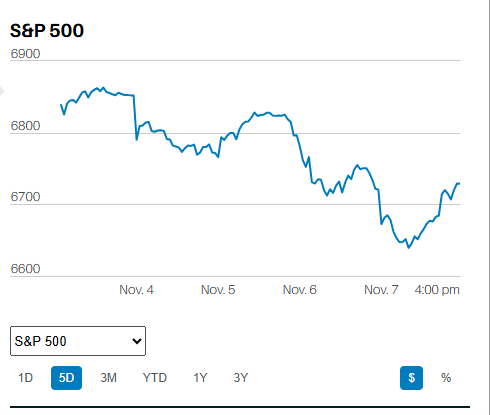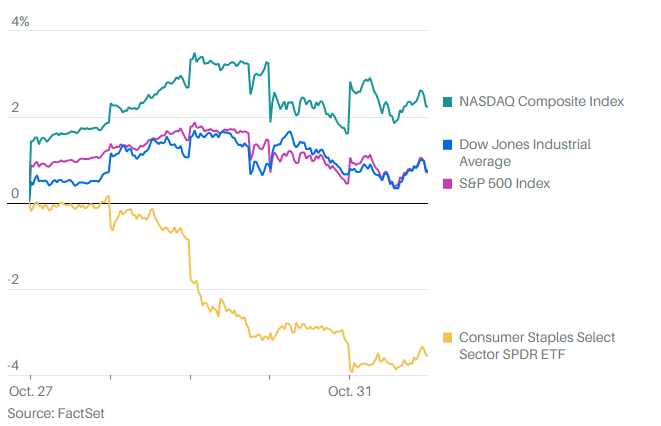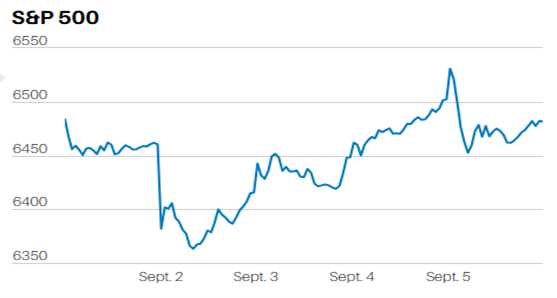
Market Updates, Market Risks, and why Index Funds once again beat Actively Managed Funds in 2018
MARKET UPDATE
On the fifth day the market broke through 2600, finally, after bumping its head against that ceiling the prior four trading sessions. Why is a finish above 2600 important for short term market direction? Because traders care about those sorts of things when trying to gauge very short-term market movements. The short-term trend remains up - barely, while the intermediate and long-term trends remain down. Today the S&P 500 has continued higher in early trading touching the 50-day moving average at 2623. The market may push a bit higher from here, but we still see the rally off the late December lows as an oversold bounce with the likelihood of a retracement toward the 2346 low in the next few weeks remaining fairly high.
MARKET RISKS
The corporate bond market is one area that might cause problems for capital markets as the business expansion comes to an end. Bond issuance has skyrocketed and credit standards have declined. There were about $700 billion in BBB rated investment grade bonds outstanding in 2008, according to Barron’s. The number has skyrocketed to approximately $3 trillion, fully half of the $6 trillion investment grade corporate bond market. Why does it matter? Triple B bonds are the lowest rung of the investment grade ladder. A recession, or even significant slowdown in the economy (expected), will reduce corporate cash flow and likely lead to downgrades by the major rating agencies. Many institutional investors aren’t allowed to own High Yield debt (junk) and would be forced to sell. Falling bond prices mean rising interest rates for companies already struggling (at that point) to service existing debt, including rolling over maturing debt. It gets worse:
“A Morgan Stanley research report suggests that, based on leverage ratios alone, 45% of investment-grade corporate bonds would be rated junk right now. The report further suggests that around 60% of corporate bonds currently rated BBB would be rated junk by the same leverage-ratio metric. That’s around $1 trillion of par value, or about 150% of the junk-bond market’s value,” according to Barron’s
INVESTING
Actively managed mutual funds continue to underperform index funds, something they’ve been doing for 50 years. The data is overwhelming; actively managed mutual funds don’t earn enough to compensate investors for the fees and expenses investors pay them. Importantly, the sad failure of actively managed funds is not equivalent to saying that an investor can’t beat the S&P 500 index. Buying good companies when they’re on sale is a tried and true means of beating the market. In fact, value investing outperforms over the long run, and by substantial margins - just not necessarily every year.
The annual S&P Indices versus Active (SPIVA) report is out for 2018. Once again, index funds trounced actively managed funds. Nearly 90% of large-cap stock fund managers underperformed the S&P 500 index in the past decade. Over the same 10-year period, 96% of mid-cap managers failed to beat the S&P 400 mid-cap index. Likewise, 80% of small-cap managers underperformed.
Getting the asset allocation decision right is crucial to getting into a successful retirement. The mix of assets is the main determinant of future returns. Changing the asset mix to manage risk is appropriate when spending goals may be threatened by a falling stock market. Otherwise investors should focus on an asset allocation that will help them meet their spending goals in retirement, keep costs as low as possible, and leave others to invest in more expensive, underperforming, actively managed funds.











